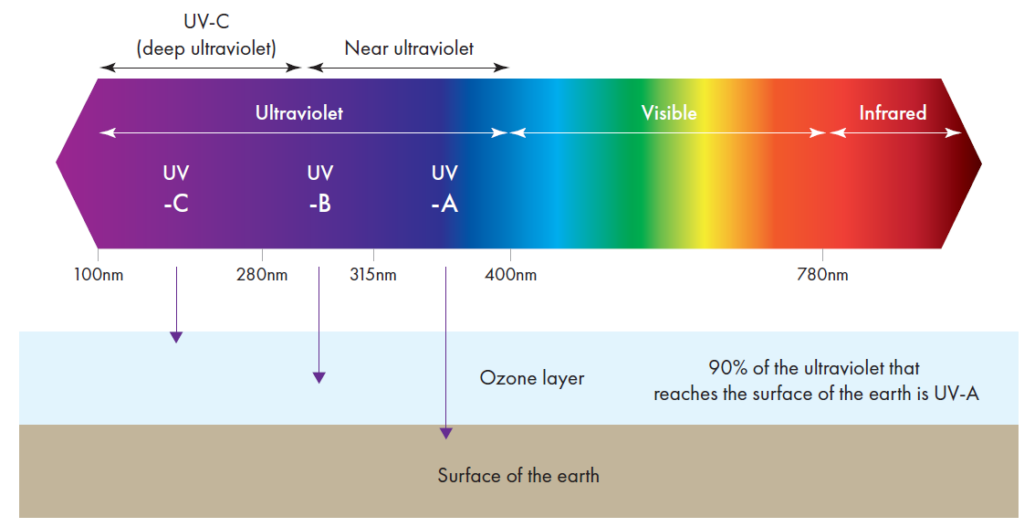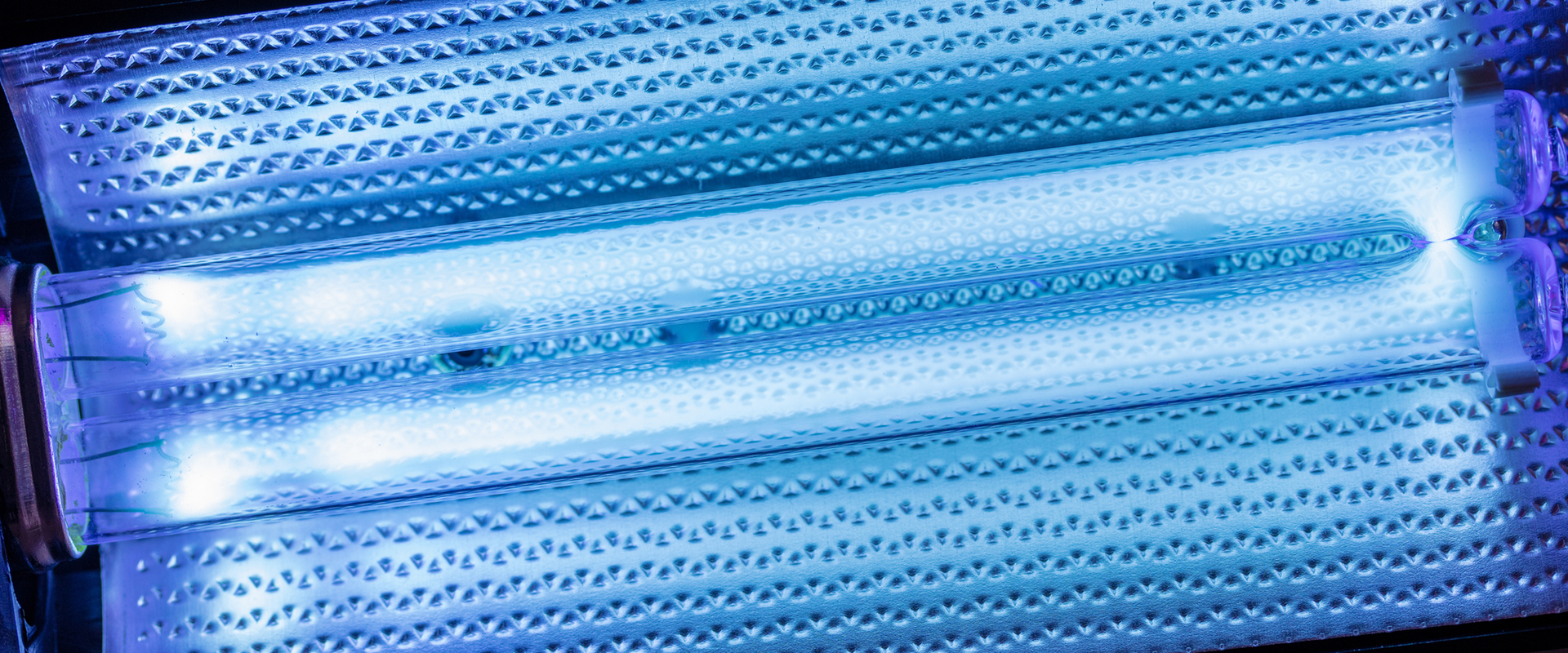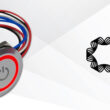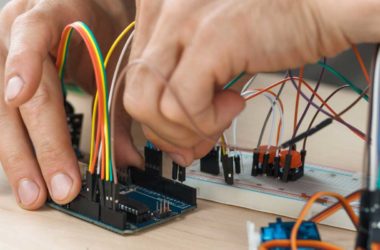
James Prietzel, Product Manager at Intelligent LED Solutions (ILS)
James is the ILS Product Manager for everything related to LEDs and has been with ILS since 2012. James is dedicated to understanding the latest technologies and innovations from leading suppliers in the OptoElectronics world, from optics, to LEDs and to Intelligent LED Drivers.
Ultraviolet light is electromagnetic radiation that sits outside of the visible light spectrum and comprises of 380-740nm. The UV spectrum of 100-400nm is invisible to the human eye. Out of the light that reaches the surface of the earth, only 5-6% of it is UV. The UV spectrum consists of four distinct categories, each with their own wavelength characteristics and applications.
- UVA = 315-400nm. The least dangerous wavelength and the wavelength we receive most strongly from the sun. The majority of UVA passes through the ozone layer and reaches the surface of the Earth. It is responsible for tanning our skin.
- UVB = 280-315nm. Slightly stronger wavelengths which are responsible for Vitamin D synthesis and skin burns. Absorbed by the ozone layer, only some passes through.
- UVC = 200-280nm. Does not typically penetrate the ozone layer. It is the wavelength most commonly used for disinfection applications.
- VUV = 100-200nm. Strongly absorbed by water and air and can only be transmitted in vacuum. Does not penetrate the ozone layer or reach the surface of the Earth.

From the two types of UV that reach the Earth’s surface, UVA makes up about 90% and the remainder is UVB. Although UVC does not reach the Earth, it possesses the highest sterilisation effect compared with other types of UV light. UVC is therefore ideal for disinfection as it can cause molecular damage to cells. UVB also has this capability but to a much lesser extent. UVB radiation from natural sunlight is the main harmful component. These rays can damage human cells, causing sunburn and even skin cancer.
Unlike UVC, UVB can only disrupt DNA cells and cannot kill microorganisms efficiently. Microorganisms are significantly smaller than human cells, so in order to break through their cell structures, smaller UVC wavelengths are needed. Within a microorganism, the nucleus cell contains thymine, a nitrogen-based biological compound; one of four nucleobases found within DNA/RNA.
Thymine absorbs UVC at a specific wavelength of 253.7nm, this UVC light will modify microbial DNA by thymine dimer formation. This alteration causes severe disruption in microbial replication as well as in the processes of protein expression that are vital for survival of cells. Cellular breakdown is triggered, rendering the cell no longer able to multiply and survive.

The UVC Disinfection Process:
- UVC radiation penetrates the
microorganism. - UVC high energy photons are then
absorbed by cell proteins and DNA/RNA. - The protein structures within the
microorganism are damaged, causing metabolic disruption.
4. The DNA/RNA is chemically altered, meaning that the organism can no longer replicate.
5. Unable to metabolise and replicate, the organism cannot cause or spread disease.
It should be noted that UVC light does not discriminate when it comes to ruining genetic material. This wavelength can damage human and animal skin and eye cells. Prolonged exposure to UVC radiation can cause sunburn, skin damage and conjunctivitis and even cancer. Whenever dealing with UVC light, the skin and eyes must be fully protected against exposure, and the light source should not be directed onto skin or eyes.
UVC LEDs
Widely used for their disinfection purposes, UVC LED product development has advanced rapidly in recent years. LED does not use mercury, meaning that it has a low environmental burden and is distinguished by its compact size and long life. Whatever the purpose, UVC is proven as an effective method of disinfection and an efficient defence against pathogenic bacteria. UVC LED modules are available in a variety of sizes and wavelengths.











